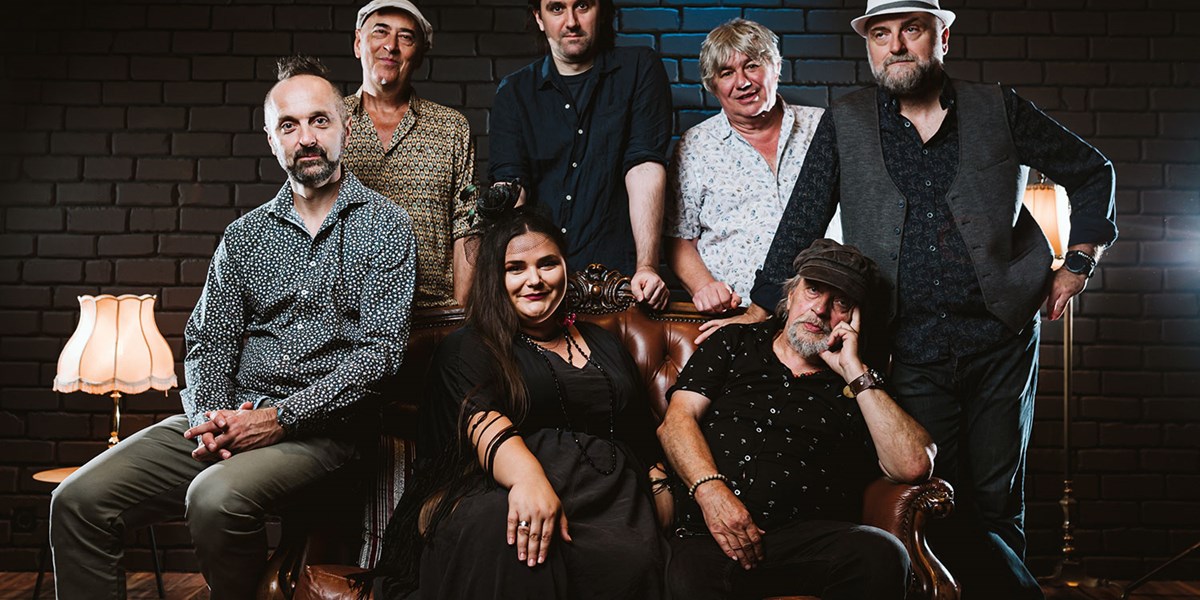Thursday, October 31, 2024
Mostar Sevdah Reunion at 25
By Kim Burton
Kim Burton looks back on 25 years of Mostar Sevdah Reunion, the Bosnian band with a wild history who have been building new musical bridges to replace the old ones laid waste by war

Mostar Sevdah Reunion

Register now to continue reading

Thanks for visiting the Songlines website, your guide to an extraordinary world of music and culture. Sign up for a free account now to enjoy:
- Free access to 2 subscriber-only articles and album reviews every month
- Unlimited access to our news and awards pages
- Our regular email newsletters

